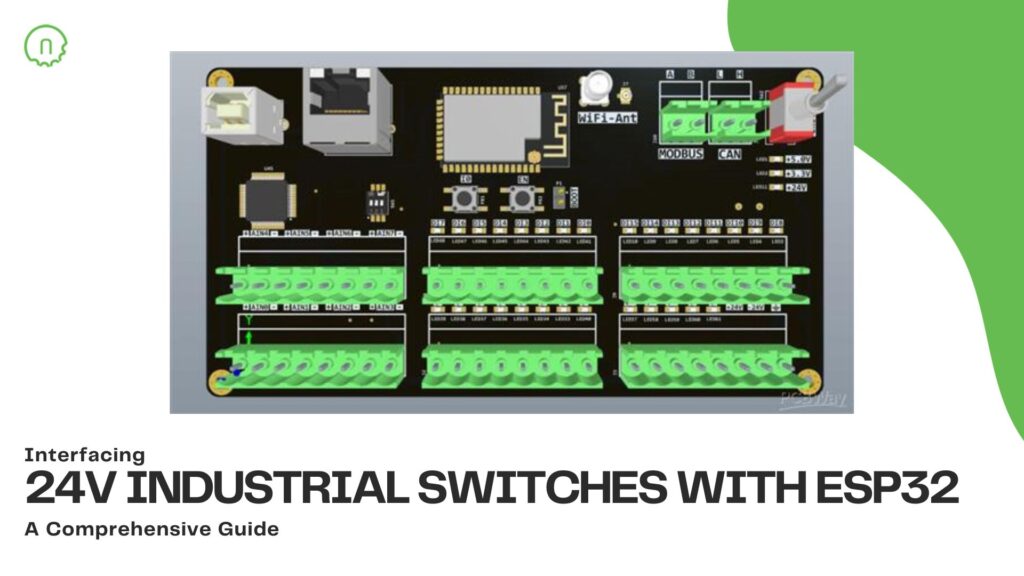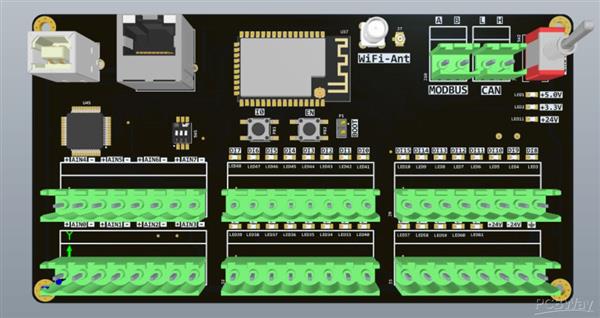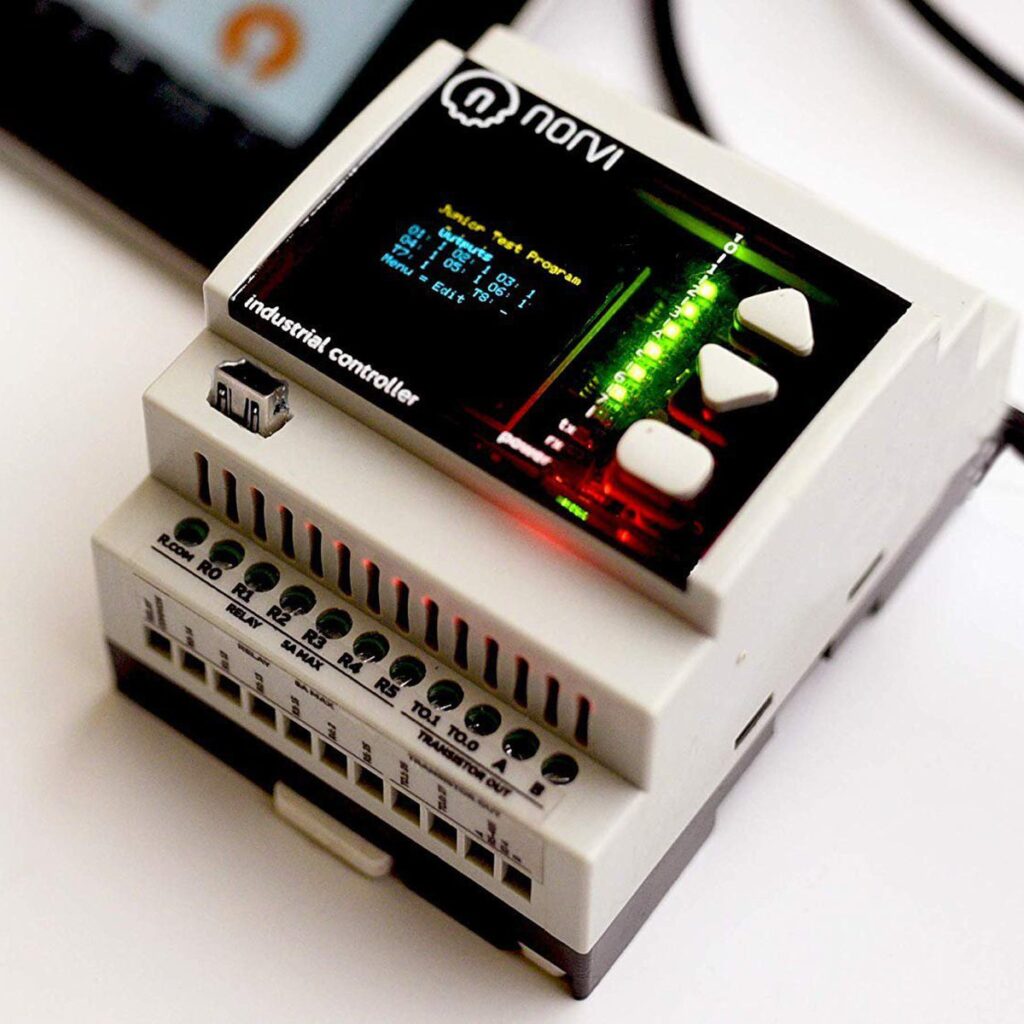
In the realm of industrial automation, interfacing 24V Industrial Switches with ESP32 microcontrollers is a crucial task. These switches, widely used in industrial settings, operate at higher voltages compared to the typical logic levels of microcontrollers. The challenge lies in bridging the voltage gap and ensuring seamless communication between these switches and microcontrollers. This comprehensive guide aims to walk you through the process of interfacing 24V Industrial Switches with ESP32, exploring the necessary components, considerations, and steps involved.
Understanding 24V Industrial Switches

24V industrial switches are commonly employed in industrial environments due to their robustness and compatibility with industrial machinery. These switches often work at higher voltages and currents to handle the demanding conditions of industrial applications. However, their voltage levels are incompatible with most microcontrollers, which typically operate at 3.3V or 5V logic levels.
Challenges in Interfacing
The primary challenge when interfacing 24V industrial switches with microcontrollers like the ESP32 is the voltage compatibility issue. The ESP32, operating at 3.3V logic levels, cannot directly interface with 24V switches. This necessitates the use of additional components and techniques to bridge this voltage gap and ensure safe and reliable communication.
Components Required for Interfacing 24V Industrial Switches with ESP32
Four main components are required for interfacing 24V Industrial Switches with ESP32. Here are they below;
1. Optocoupler
An optocoupler, also known as an opto-isolator, serves as a crucial component to interface different voltage systems. It consists of an LED and a photodetector sealed within a lightproof housing. The input side of the optocoupler, connected to the 24V switch, isolates the higher voltage from the output side connected to the ESP32.

2. Resistors
Resistors are used to limit the current passing through the LED of the optocoupler, preventing damage due to excess current. Additionally, pull-up or pull-down resistors may be required to stabilize the signal and ensure reliable communication.

3. ESP32 Development Board
The ESP32 microcontroller board, known for its versatility and connectivity options, serves as the core processing unit for interfacing with the industrial switches.

4. Power Supply
A stable power supply unit capable of providing the required voltage levels for both the 24V industrial switches and the ESP32 board is essential for the proper functioning of the system.

Steps to Interface 24V Industrial Switches with ESP32
Step 1: Circuit Design
Design the interface circuit using the optocoupler to ensure electrical isolation between the 24V switch and the ESP32. Connect the output side of the optocoupler to the GPIO pins of the ESP32 board, allowing it to detect the state changes of the switch.
Step 2: Optocoupler Connections
Connect the input side of the optocoupler to the 24V industrial switch, ensuring proper polarity and current-limiting resistor placement to protect the optocoupler’s LED.
Step 3: Voltage Level Translation
Implement proper voltage level translation using resistors or level-shifting circuits to ensure that the ESP32 can safely interpret the signals from the 24V switch without causing damage.
Step 4: Software Configuration
Write the firmware or program for the ESP32 to interpret the signals received from the industrial switches via the optocoupler. Use GPIO interrupts or polling methods to detect state changes in the switches.
Step 5: Testing and Validation
Test the interfacing setup thoroughly to ensure proper functionality under various conditions. Verify the accuracy of signal detection and the response of the ESP32 to changes in the 24V switch states.
Safety Considerations
When working with higher voltages, observe proper safety precautions. Always disconnect power sources before making any circuit connections or modifications. Double-check connections and ensure that the circuit is properly isolated to prevent damage to the ESP32 or any connected devices.
Conclusion
Interfacing 24V Industrial Switches with ESP32 microcontrollers is critical to industrial automation. It’s possible to bridge the voltage gap and enable seamless communication between these components by employing optocouplers and proper circuitry design. Understanding the components involved, following proper circuit design practices, and implementing safety measures are essential for successfully interfacing 24V industrial switches with the ESP32, paving the way for efficient and reliable industrial automation systems.

ESP32 Industrial Controller with WIFI Digital 24V from NORVI Controllers are available to buy and can be customization based on your requirements, especially for 24V industrial switches with the ESP32 requirements.
Visit our product page now: https://norvi.lk/products/
Or, Contact us at [email protected]
